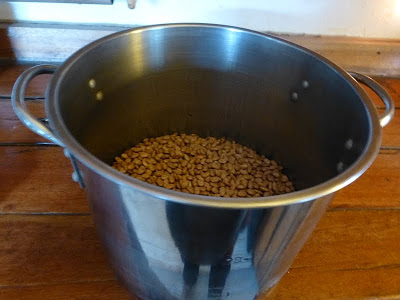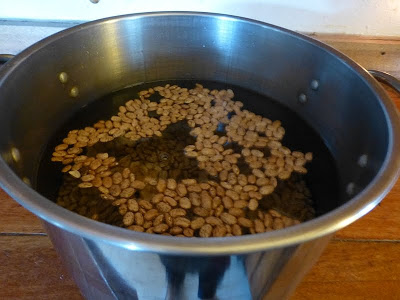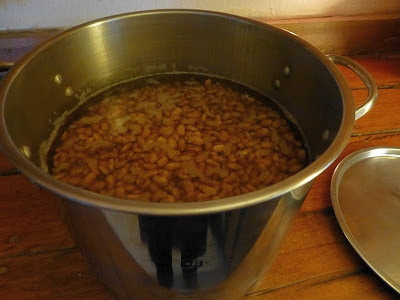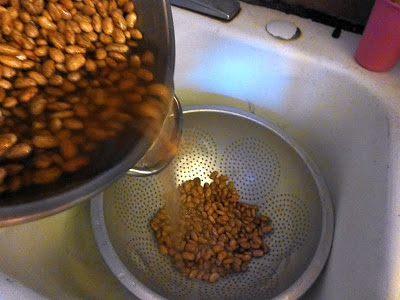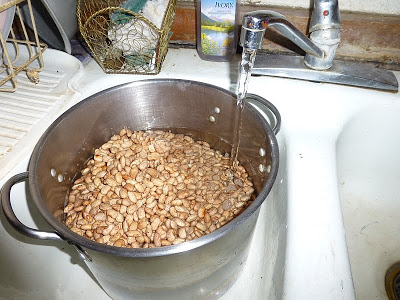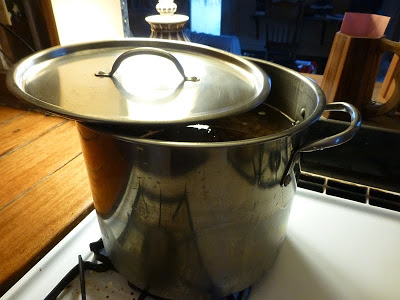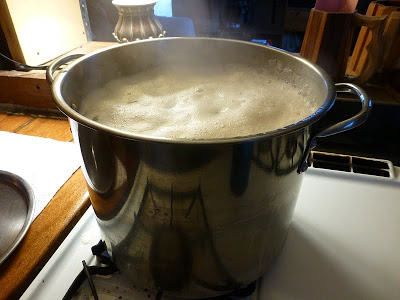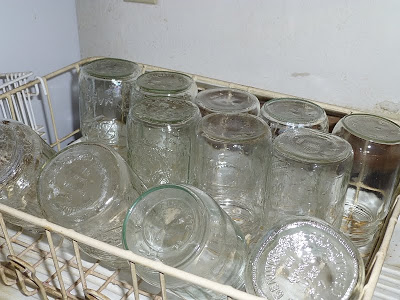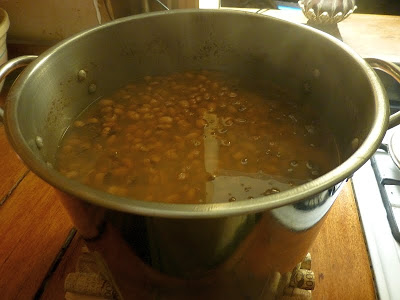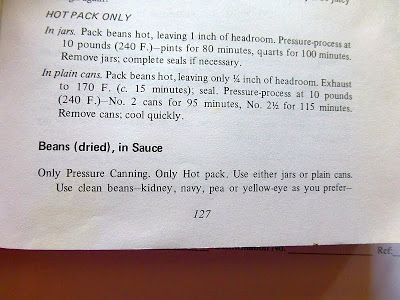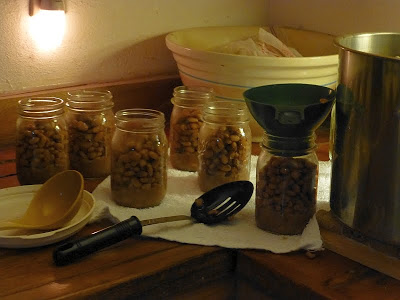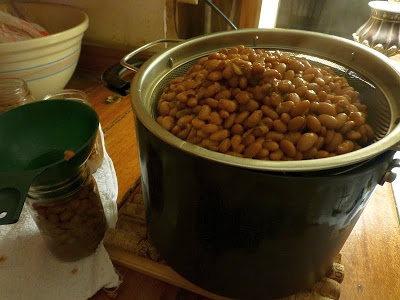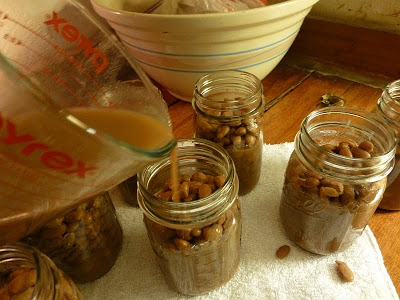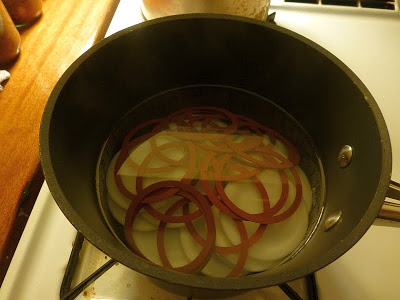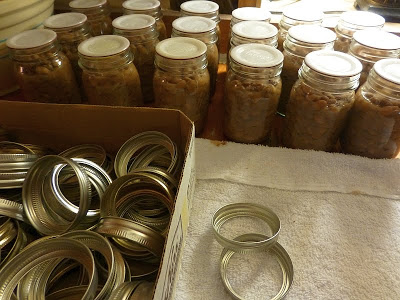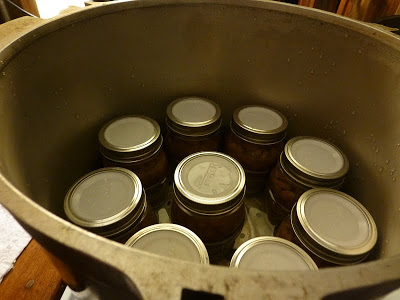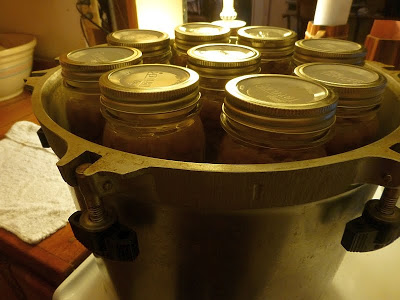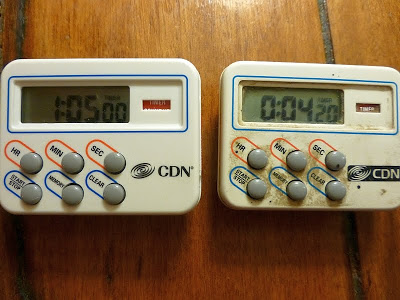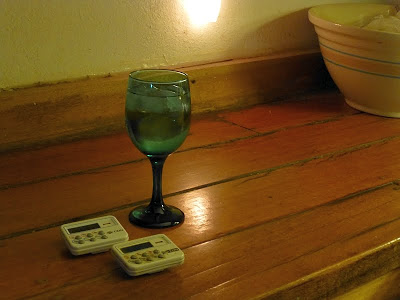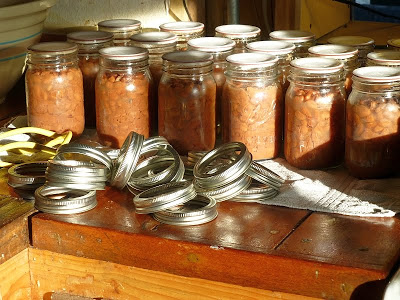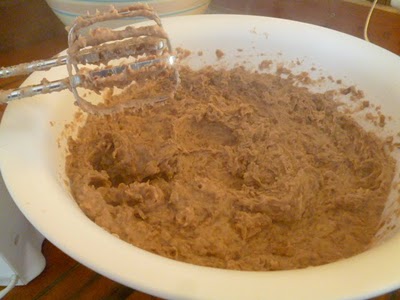

| Visitors Now: | |
| Total Visits: | |
| Total Stories: |

| Story Views | |
| Now: | |
| Last Hour: | |
| Last 24 Hours: | |
| Total: | |
Canning refried beans the SMART way
It happened again.
We had a Mexican food night at our neighborhood potluck, but I foolishly neglected to check the number of cans of refried beans I had on hand. Crud. One small can, that was it. No time to buy any more.
For us, we can’t just “dash” to the grocery store whenever we’re low on something. We have to plan for it. A “dash” takes half an hour, minimum, so I try to “dash” as little as possible.
But the fact remained, I only had one small can of refried beans, and the guests were arriving. So… we did without a lot of refried beans. Something had to change.
Besides, it bugs me to buy refried beans. We eat a fair bit of them in our house and so my natural inclination is to make and can my own. Making refried beans is easy enough to do, but it’s time-consuming (in other words, not something you should attempt when guests are arriving on your doorstep). However canning refried beans is not only a challenge, but I also learned that they’re one of those things home-canners should not attempt because of their viscosity.
Ahh… but thanks to you, my dear readers, I realized that all I had to do to “can” refried beans was to can up whole pinto beans. Canned pintos are easily mashed into refried beans. Duh, now why didn’t I think of that before?
So I raided my pantry and came away with five pounds of beans.
I poured them into a pot…
…and filled it with water.
Then I set the pot back and just let the beans soak for twenty-four hours. The beans will swell, so I made sure to add enough water to keep them covered.
By the next morning the beans had swelled to many times their original volume.
So I poured off the soak water…
…added fresh water…
…and put the pot on the stove to boil.
Once the beans were boiling…
…I put the pot on the woodstove to simmer gently all day long. The house smelled rich and bean-y.
In the evening, I washed some pint jars.
The beans were beautifully soft, and the cookwater was rich. Make a note: Add more water next time to make more cookwater.
My canner holds 18 pints, so I divvied the beans between those 18 pints. My canning book doesn’t recommend filling the beans to the absolute top of the jars, so I didn’t try to cram the beans in.
I began filling jars.
I ended up draining the beans over a pot (to catch the cookwater) so I wouldn’t miss any.
When the beans were divvied up between the eighteen pint jars, it was time to fill them with the cookwater. This is why I’d wished I’d used more water, to get more volume.
The cookwater was so thick it was like a thin sauce.
I portioned it out among the 18 pints and juuuuust managed to get them mostly full. This is why I’d wished I’d added more water. In a pinch I could have topped things off with plain water, but I decided not to since the jars were juuuust full enough. I’ll know better next time.
Scalding my lids and gaskets.
Adding rings.
First layer in the canner.
Second layer in the canner.
Dried (but soft) beans need to can (in pint jars) for 65 minutes.
While the beans processed, I cleaned the kitchen and then indulged in a glass of wine.
They came out of the canner just before I went to bed, but the morning sun shone on eighteen pints of freshly-canned pinto beans.
To turn pinto beans into refried beans, just blend with a mixer, add spices, and either eat as is or fry them a bit.
This is the kind of “convenience” food I like having in my pantry — something I can make myself and not feel the need to dash to the grocery store at the last minute.
Thank you to everyone who suggested this!
2012-12-06 23:23:04
Source: http://www.rural-revolution.com/2012/12/canning-refried-beans-smart-way.html
Source:




